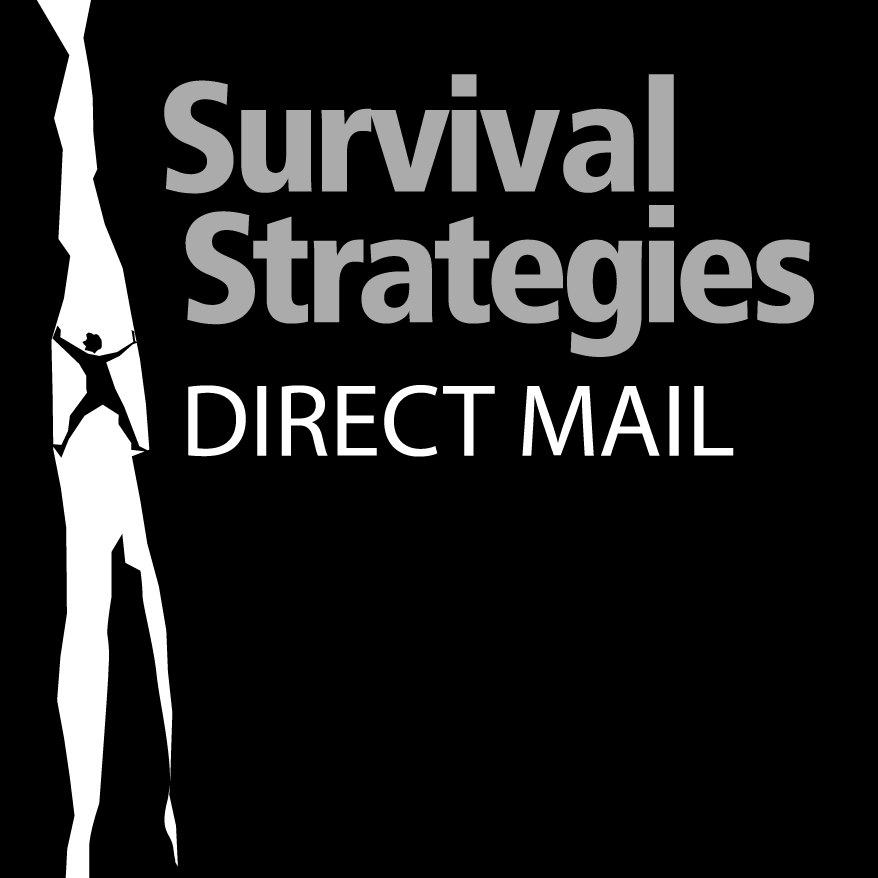According to the USPS, it processes 295,000 pieces of mail a minute. It also recorded 98,356 changes of address in 2020![1] One of the real benefits of direct mail is that you know – or can know – where the person has gone. When you get a bounce-back to your email, it’s over. But send a first-class letter to your target, and the USPS will tell you WHERE that individual went!
The Letter. The letter has more power to generate action than any format used in direct mail. In test after test, the direct mail package with a letter out pulls one without a letter.
Why? Well, everyone knows “what a letter is.” And what to do when you get a letter! It’s a “personal” communication, which is different than a tweet, a blog post. The personal email comes closest to the letter, but unlike the letter, doesn’t “stand out” in the email inbox!
Unlike an advertisement, which is read when people are “in the market” for what is being sold, a letter is personal by nature and more like the social media of today, which sort of prohibits “direct” selling. Therefore, your letters should be personal communications about the BENEFITS of your services, not the features and functions. Your lead in the letter is the filter: If your lead is wrong or offers the wrong benefit, the reader won’t “read on.”
Formulas can be helpful as an organizational tool and as a method to analyze your approach to copy preparation. One of the most famous in the direct mail formula is AIDA:
A — Attract Attention.
I — Arouse Interest (in the proposition).
D — Stimulate Desire to take action.
A — Ask for Action.
Many writers use Jack Lacy’s Five Points as a guideline:
- What will you do for me if I listen to your story?
- How are you going to do this?
- Who is responsible for the promises you make?
- Who have you done this for?
- What will it cost me?
But, Bob Stone nailed it perhaps best. He pointed out:
- Promise the most important benefit in the headline or first paragraph.
- Immediately enlarge this benefit.
- Talk specifically what they are going to get.
- Back up your statements with proof and endorsements.
- Talk about what might be lost if they don’t act.
- Rephrase your prominent benefits in your closing.
- Incite action — now.
